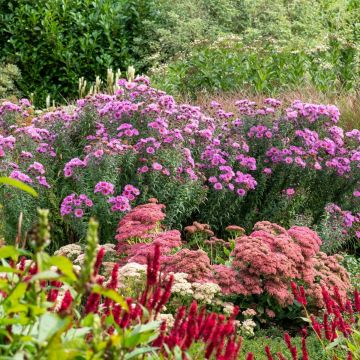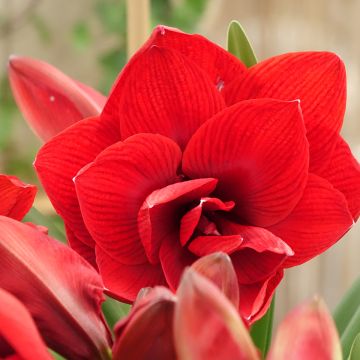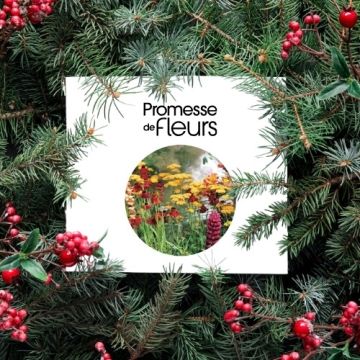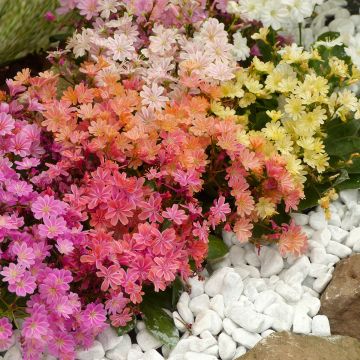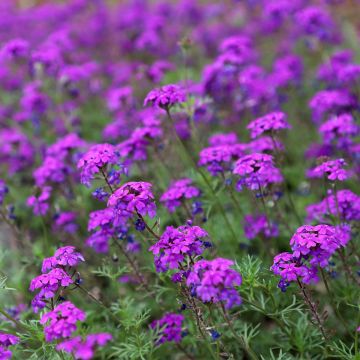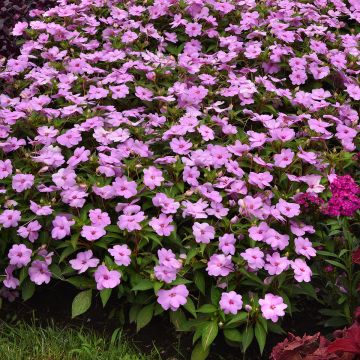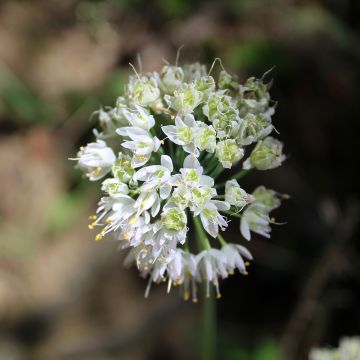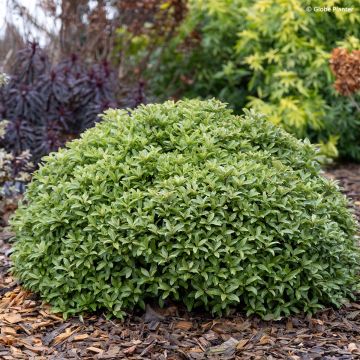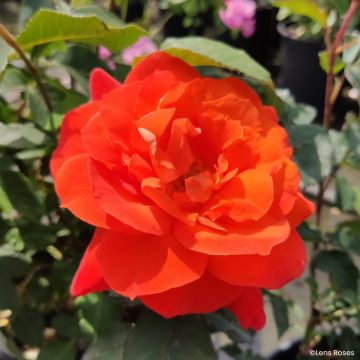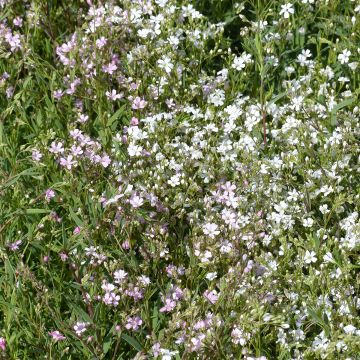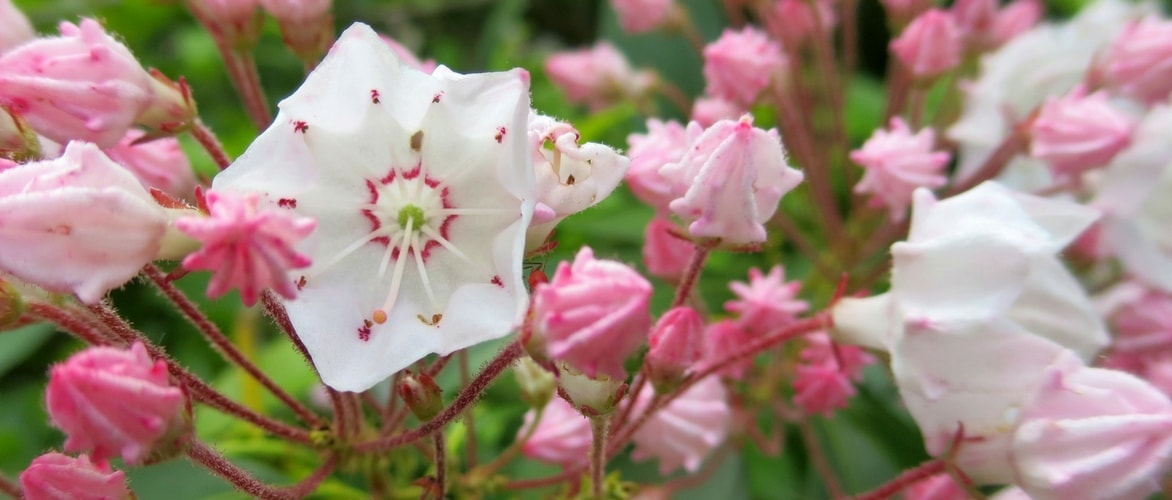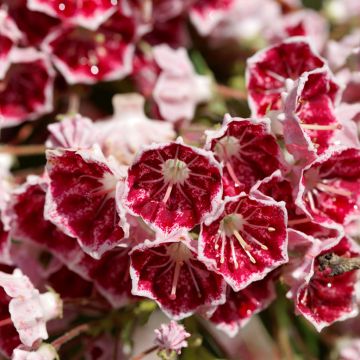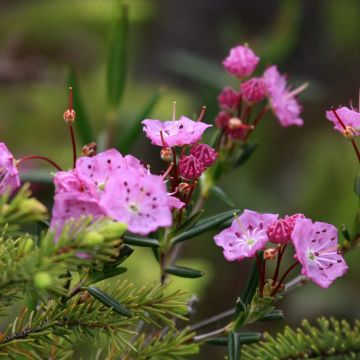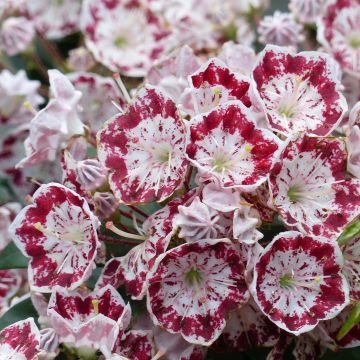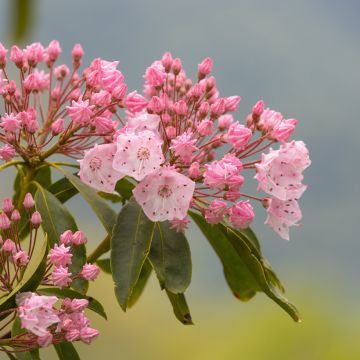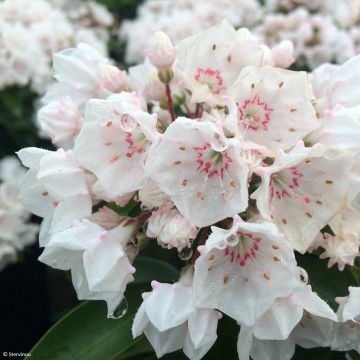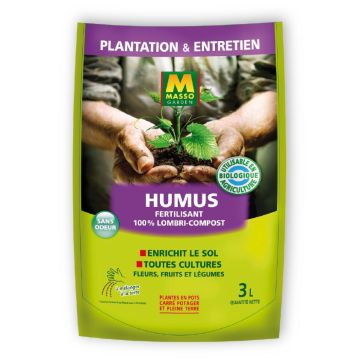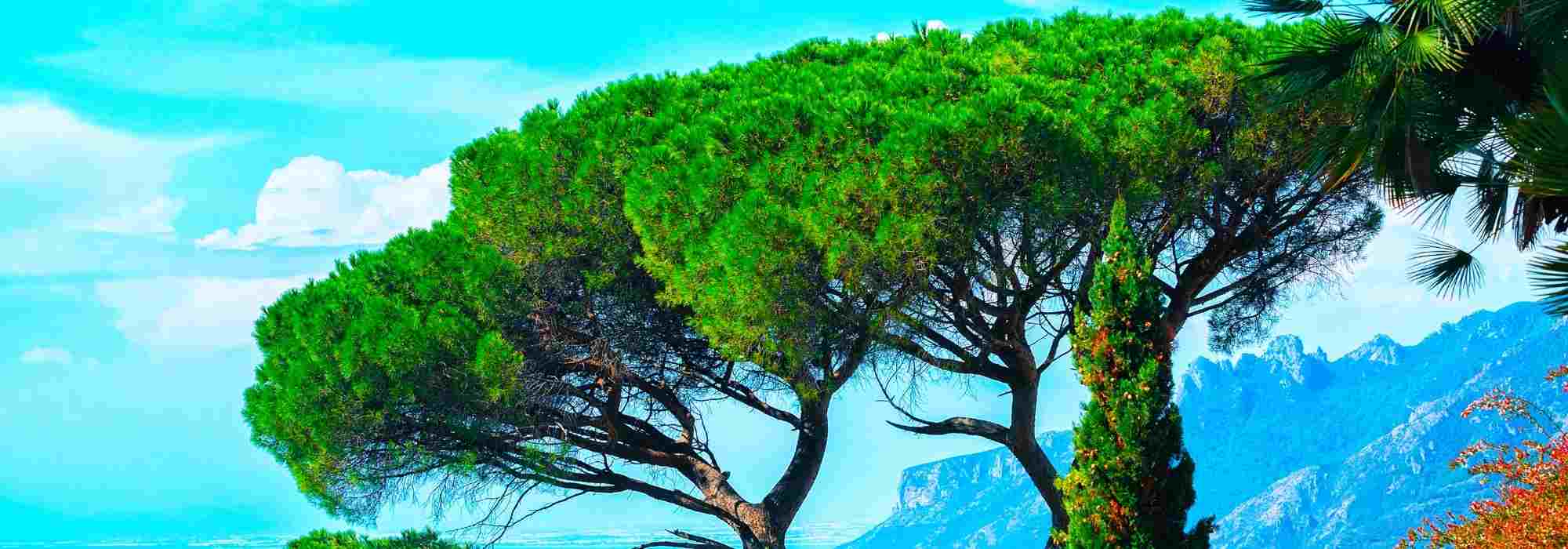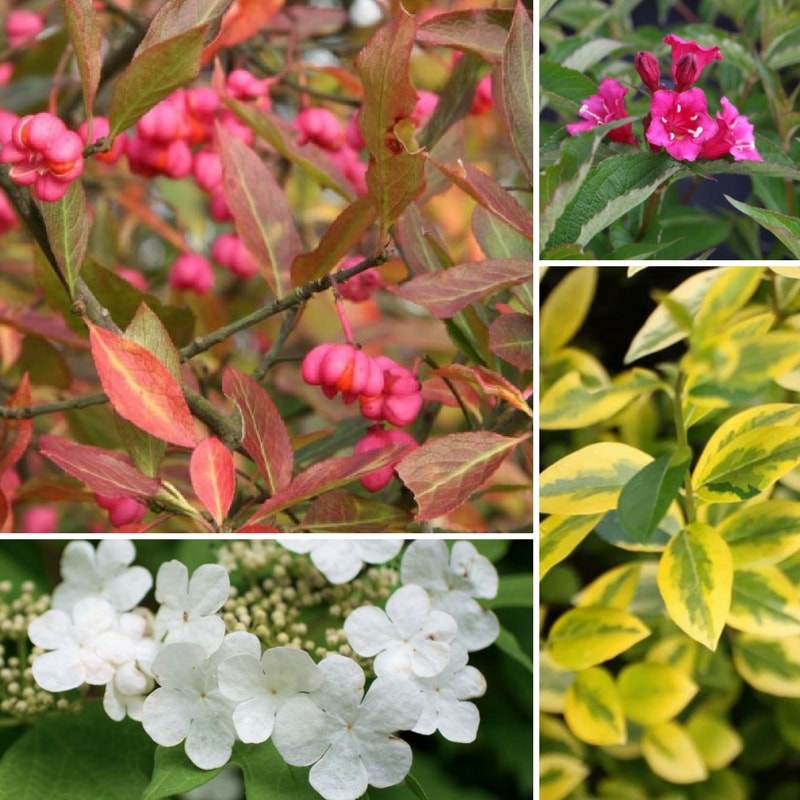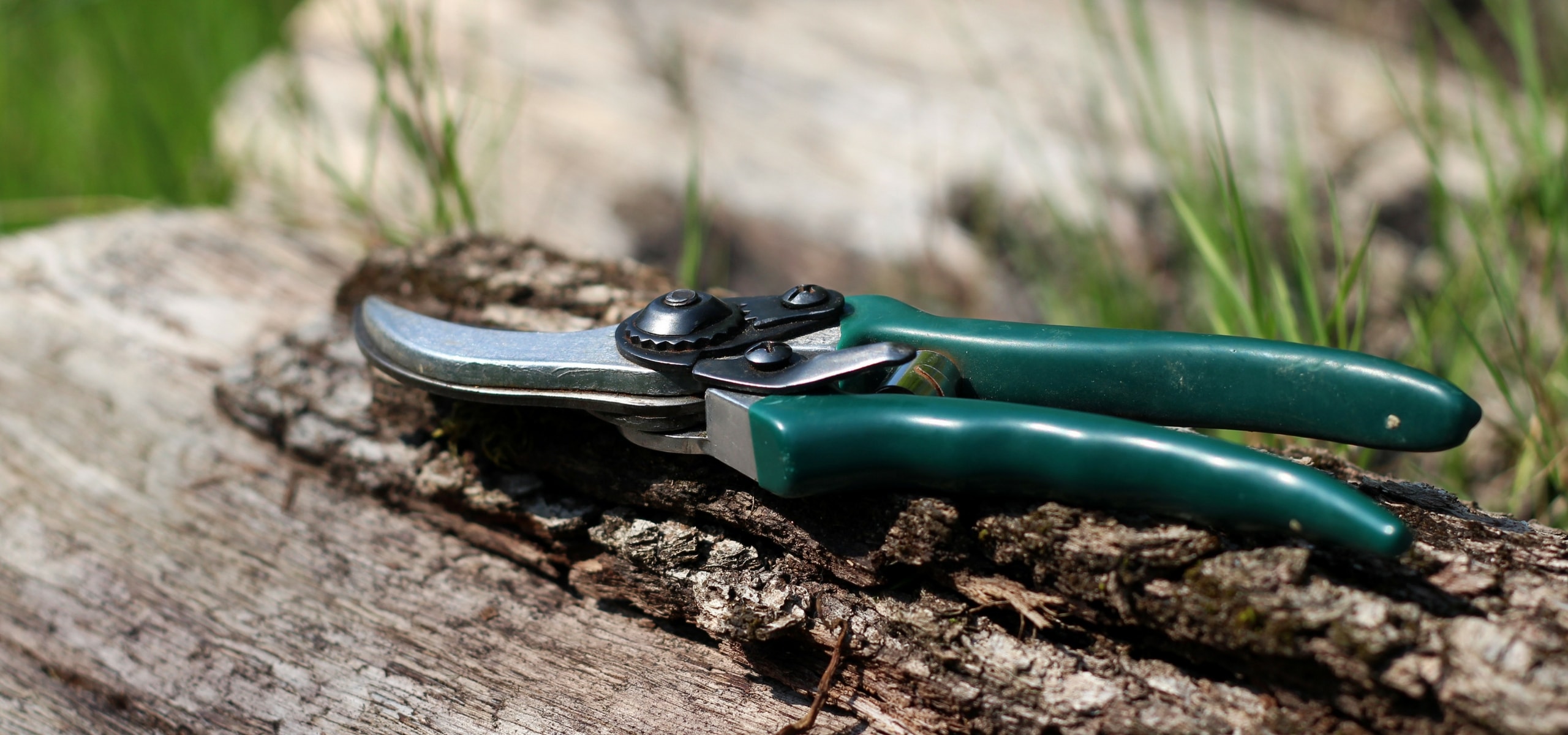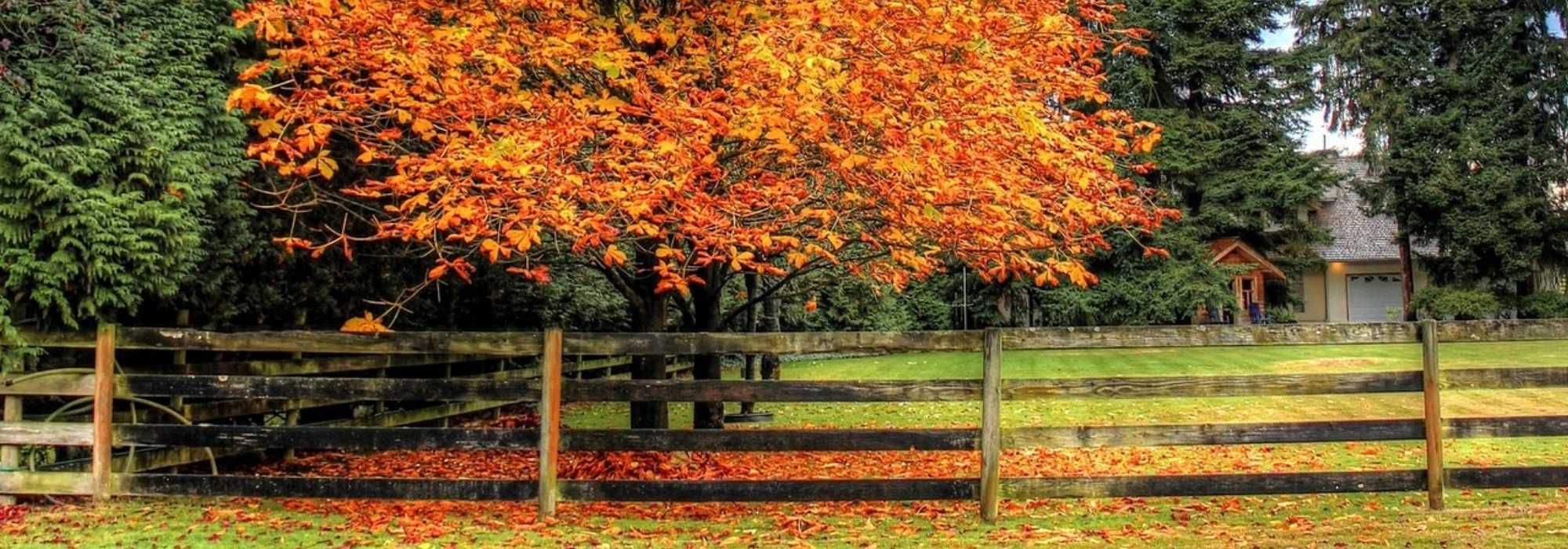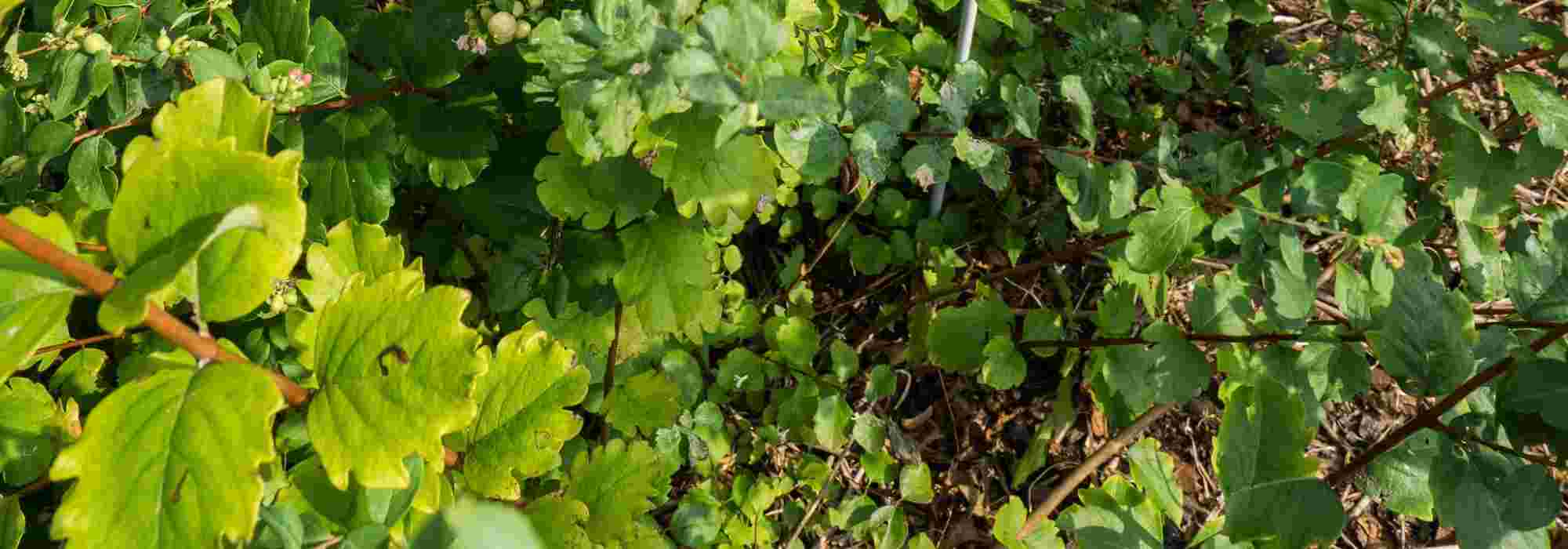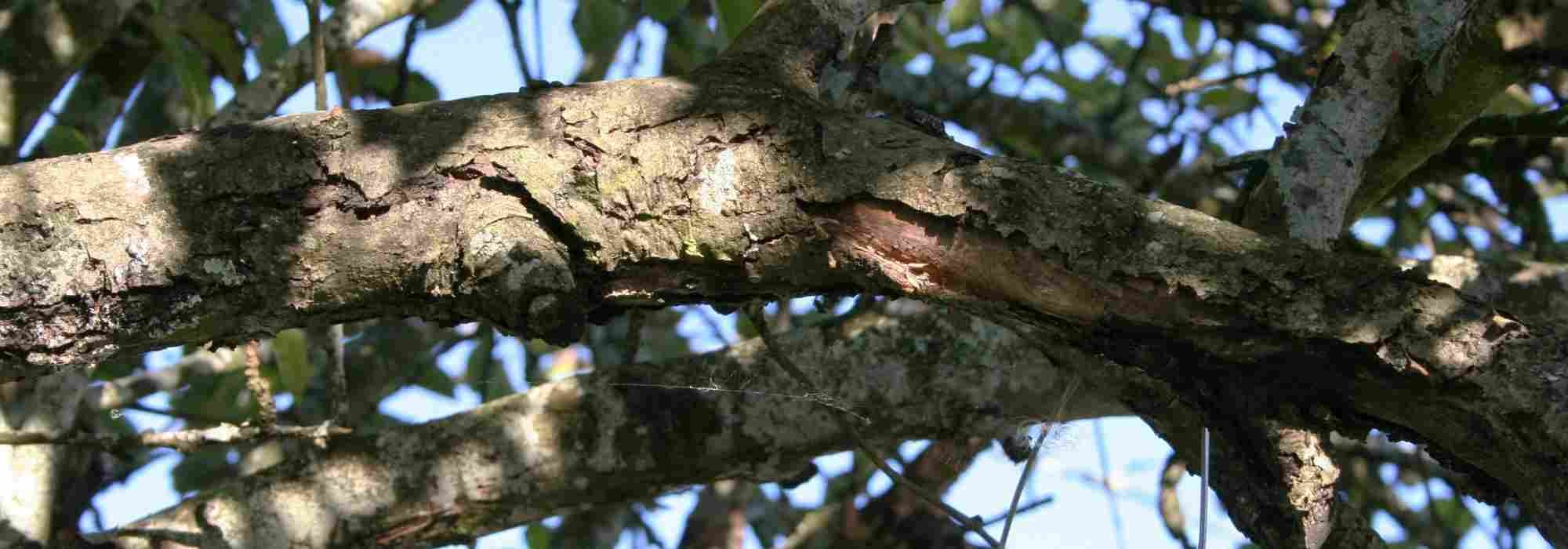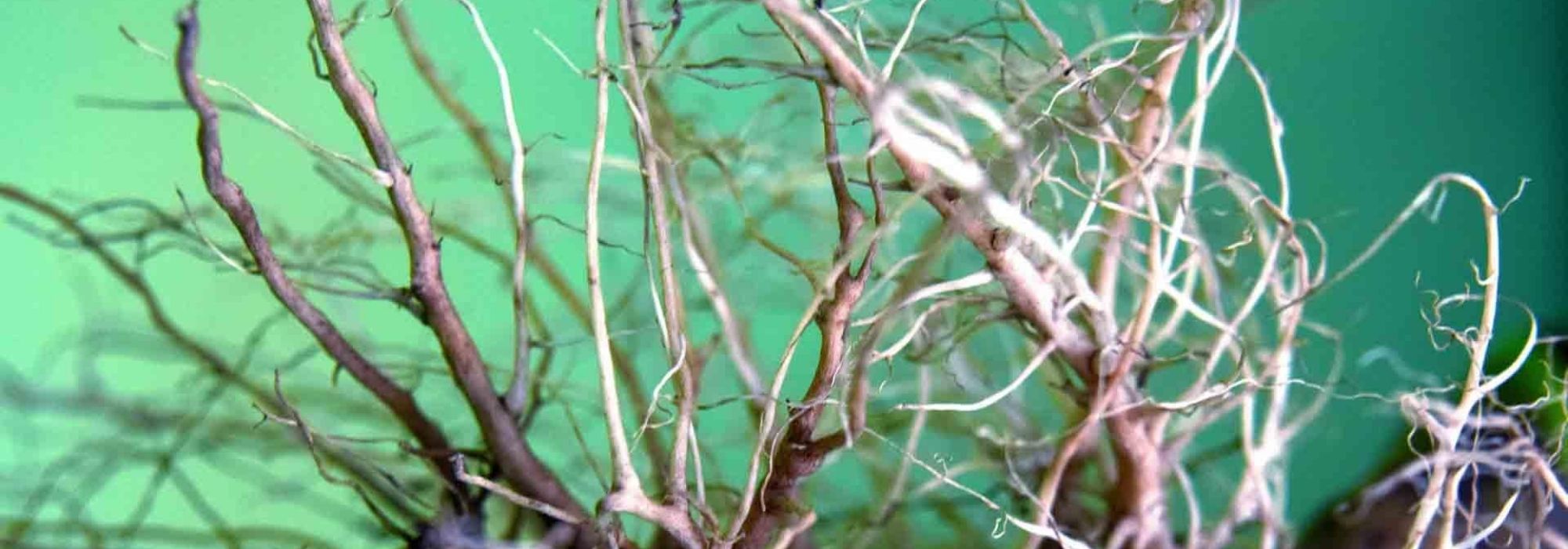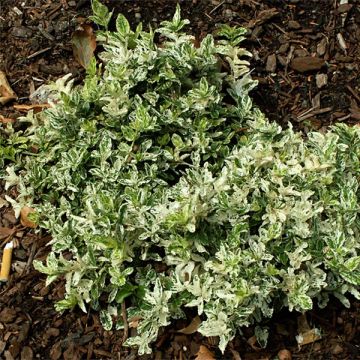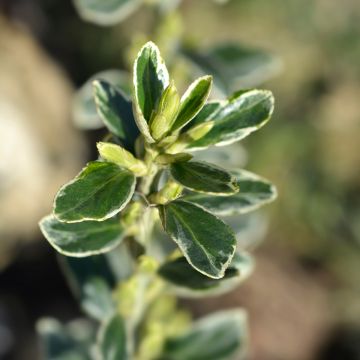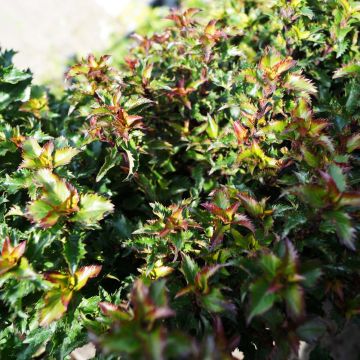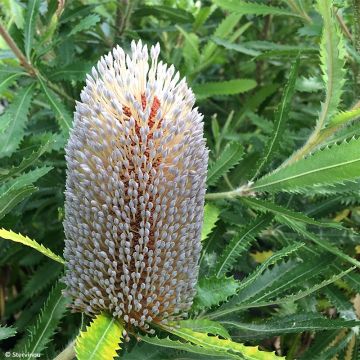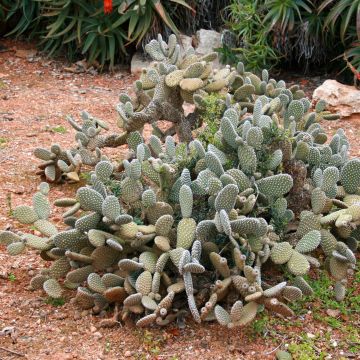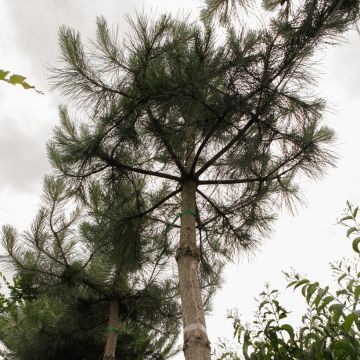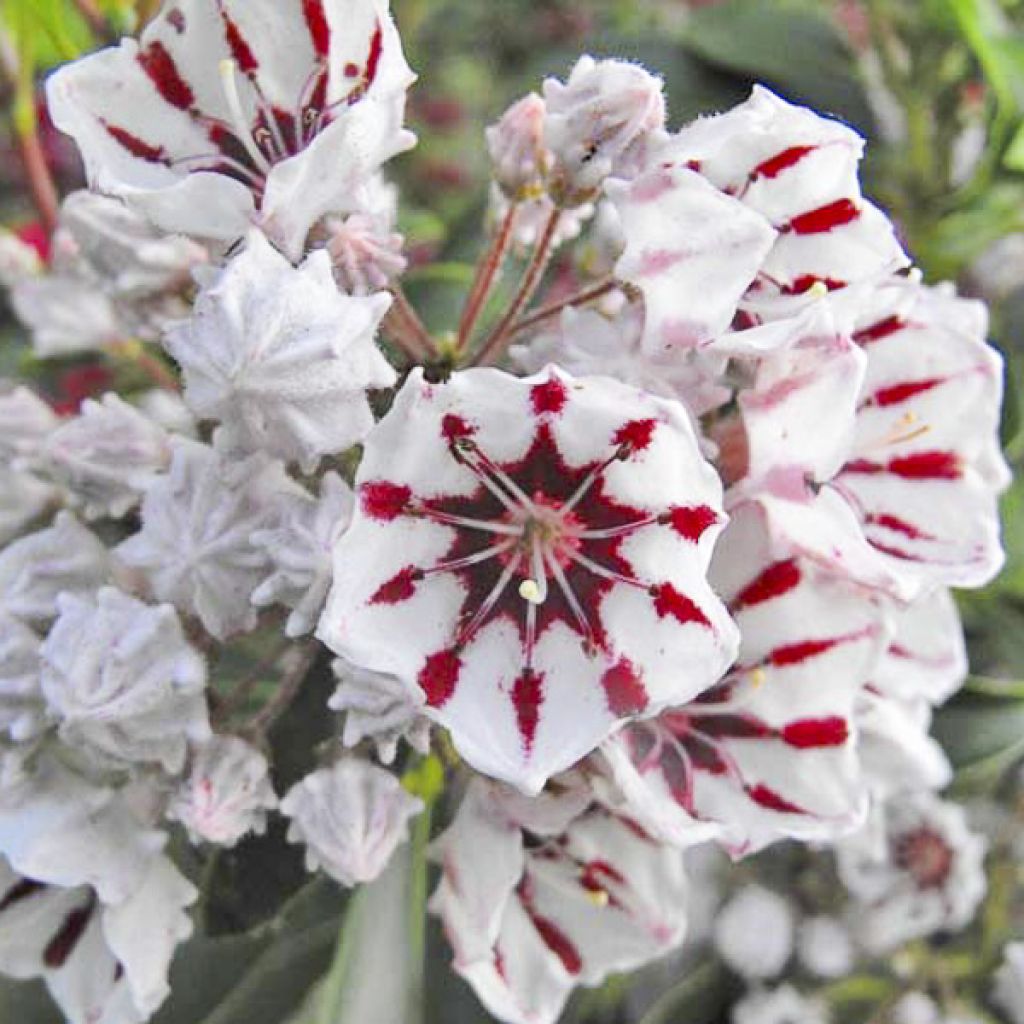

Kalmia latifolia Bumblebee - Mountain Laurel
Kalmia latifolia Bumblebee - Mountain Laurel
Kalmia latifolia Bumblebee
Mountain Laurel, Calico Bush, Spoonwood, American Mountain Laurel, Broad-leaved Kalmia
Special offer!
Receive a €20 voucher for any order over €90 (excluding delivery costs, credit notes, and plastic-free options)!
1- Add your favorite plants to your cart.
2- Once you have reached €90, confirm your order (you can even choose the delivery date!).
3- As soon as your order is shipped, you will receive an email containing your voucher code, valid for 3 months (90 days).
Your voucher is unique and can only be used once, for any order with a minimum value of €20, excluding delivery costs.
Can be combined with other current offers, non-divisible and non-refundable.
Why not try an alternative variety in stock?
View all →This plant carries a 24 months recovery warranty
More information
We guarantee the quality of our plants for a full growing cycle, and will replace at our expense any plant that fails to recover under normal climatic and planting conditions.
Does this plant fit my garden?
Set up your Plantfit profile →
Description
Kalmia latifolia 'Bumblebee' is a evergreen shrub for heathland with moderate growth. It produces delightful white bells marked with purple veins at the end of spring, gathered in clusters which are highlighted against the dark green and shiny foliage. It appreciates acidic, well drained soils, as well as half-shade. You can also enjoy it in a pot.
The broadleaf Kalmia, which is also called mountain laurel or American laurel, is a bush from the Ericaceae family, just like rhododendrons and heather. Native to the Appalachians, a long mountain range in the northeast of the United States, it likes forest edges and acidic undergrowth rich in leaf or needle litter, in rather humid climates. The mountain laurel has beautiful evergreen, glossy and lanceolate foliage, indeed vaguely resembling that of the laurel. At the end of spring, between May and June, the bush is covered with pinkish-white buds, like small jewels. They bloom into cups composed of 5 welded petals and protruding stamens. These flowers are gathered in dense corymbs about ten centimeters in diameter. Despite a somewhat "precious" appearance, its origins give it great hardiness, in the order of -20°C (-4 °F). All parts of the plant are toxic if ingested.
The 'Bumblebee' variety features superb white flowers, with the heart and centre of the petals marked in purplish red. With rather moderate and bushy growth, it will reach about 1.50 m (4 ft 11 in) high and wide after about ten years, perhaps a little more, but its growth is not fast.
Compose beautiful scenes by associating it with partners such as Japanese azaleas, Cornus canadensis, a curious ground-covering dogwood, perennials such as Rodgersia, Podophyllum peltatum, or even delicate, but robust fern Adiantum pedatum. Kalmia 'Bumblebee' is also easy to keep in a pot, by choosing the right compost and monitoring watering.
Plant habit
Flowering
Foliage
Botanical data
Kalmia
latifolia
Bumblebee
Ericaceae
Mountain Laurel, Calico Bush, Spoonwood, American Mountain Laurel, Broad-leaved Kalmia
Cultivar or hybrid
Other Kalmias
View all →Planting and care
Native to the mountains of eastern North America, Kalmia latifolia is extremely hardy and can withstand very low temperatures, below -20°C (-4 °F). Belonging to the Ericaceae family, it needs to be planted in a semi-shaded position, in a humus-rich and fertile soil, acidic, moist but well-drained. Plant in spring or autumn, avoiding periods of frost or high heat. Prepare a wide and deep pit, 40 cm (15.7 in) by 40 cm (15.7 in) so that your Kalmia can quickly establish itself. Regular watering in the first few weeks after planting is necessary to keep the soil moist. A mulch at the base of the plant can be beneficial to protect the thin and superficial roots. Each spring, scratch the soil around the base of the plant and top with compost, ericaceous soil and mulch. If the soil is calcareous, it will need to be completely replaced by a mix of ericaceous soil and leaf compost in a large planting pit. The mountain laurel dislikes scorching situations and sweltering summers. It must be placed in such a way that it is shaded during the hottest hours of the day. The mountain laurel dislikes exposure to strong sunlight, especially in case of drought, and ensure regular watering (preferably with rainwater). This summer watering is particularly important since this is when the flower buds form for the following spring. The mountain laurel, liking coolness and good humidity, will thrive in coastal or rainy climates. With its slow growth, it is well suited to pots on a patio or balcony but use a large pot and water well to avoid the soil from drying out. Apart from removing faded flowers, pruning of Kalmia latifolia is hardly necessary. Indeed, it risks damaging the flowers for the following year, as the flower buds form at the ends of the branches. However, it is possible to remove dead wood and carry out a very slight refreshment to maintain a balanced habit.
Planting period
Intended location
Care
Planting & care advice
This item has not been reviewed yet - be the first to leave a review about it.
Similar products
Haven't found what you were looking for?
Hardiness is the lowest winter temperature a plant can endure without suffering serious damage or even dying. However, hardiness is affected by location (a sheltered area, such as a patio), protection (winter cover) and soil type (hardiness is improved by well-drained soil).

Photo Sharing Terms & Conditions
In order to encourage gardeners to interact and share their experiences, Promesse de fleurs offers various media enabling content to be uploaded onto its Site - in particular via the ‘Photo sharing’ module.
The User agrees to refrain from:
- Posting any content that is illegal, prejudicial, insulting, racist, inciteful to hatred, revisionist, contrary to public decency, that infringes on privacy or on the privacy rights of third parties, in particular the publicity rights of persons and goods, intellectual property rights, or the right to privacy.
- Submitting content on behalf of a third party;
- Impersonate the identity of a third party and/or publish any personal information about a third party;
In general, the User undertakes to refrain from any unethical behaviour.
All Content (in particular text, comments, files, images, photos, videos, creative works, etc.), which may be subject to property or intellectual property rights, image or other private rights, shall remain the property of the User, subject to the limited rights granted by the terms of the licence granted by Promesse de fleurs as stated below. Users are at liberty to publish or not to publish such Content on the Site, notably via the ‘Photo Sharing’ facility, and accept that this Content shall be made public and freely accessible, notably on the Internet.
Users further acknowledge, undertake to have ,and guarantee that they hold all necessary rights and permissions to publish such material on the Site, in particular with regard to the legislation in force pertaining to any privacy, property, intellectual property, image, or contractual rights, or rights of any other nature. By publishing such Content on the Site, Users acknowledge accepting full liability as publishers of the Content within the meaning of the law, and grant Promesse de fleurs, free of charge, an inclusive, worldwide licence for the said Content for the entire duration of its publication, including all reproduction, representation, up/downloading, displaying, performing, transmission, and storage rights.
Users also grant permission for their name to be linked to the Content and accept that this link may not always be made available.
By engaging in posting material, Users consent to their Content becoming automatically accessible on the Internet, in particular on other sites and/or blogs and/or web pages of the Promesse de fleurs site, including in particular social pages and the Promesse de fleurs catalogue.
Users may secure the removal of entrusted content free of charge by issuing a simple request via our contact form.
The flowering period indicated on our website applies to countries and regions located in USDA zone 8 (France, the United Kingdom, Ireland, the Netherlands, etc.)
It will vary according to where you live:
- In zones 9 to 10 (Italy, Spain, Greece, etc.), flowering will occur about 2 to 4 weeks earlier.
- In zones 6 to 7 (Germany, Poland, Slovenia, and lower mountainous regions), flowering will be delayed by 2 to 3 weeks.
- In zone 5 (Central Europe, Scandinavia), blooming will be delayed by 3 to 5 weeks.
In temperate climates, pruning of spring-flowering shrubs (forsythia, spireas, etc.) should be done just after flowering.
Pruning of summer-flowering shrubs (Indian Lilac, Perovskia, etc.) can be done in winter or spring.
In cold regions as well as with frost-sensitive plants, avoid pruning too early when severe frosts may still occur.
The planting period indicated on our website applies to countries and regions located in USDA zone 8 (France, United Kingdom, Ireland, Netherlands).
It will vary according to where you live:
- In Mediterranean zones (Marseille, Madrid, Milan, etc.), autumn and winter are the best planting periods.
- In continental zones (Strasbourg, Munich, Vienna, etc.), delay planting by 2 to 3 weeks in spring and bring it forward by 2 to 4 weeks in autumn.
- In mountainous regions (the Alps, Pyrenees, Carpathians, etc.), it is best to plant in late spring (May-June) or late summer (August-September).
The harvesting period indicated on our website applies to countries and regions in USDA zone 8 (France, England, Ireland, the Netherlands).
In colder areas (Scandinavia, Poland, Austria...) fruit and vegetable harvests are likely to be delayed by 3-4 weeks.
In warmer areas (Italy, Spain, Greece, etc.), harvesting will probably take place earlier, depending on weather conditions.
The sowing periods indicated on our website apply to countries and regions within USDA Zone 8 (France, UK, Ireland, Netherlands).
In colder areas (Scandinavia, Poland, Austria...), delay any outdoor sowing by 3-4 weeks, or sow under glass.
In warmer climes (Italy, Spain, Greece, etc.), bring outdoor sowing forward by a few weeks.






























